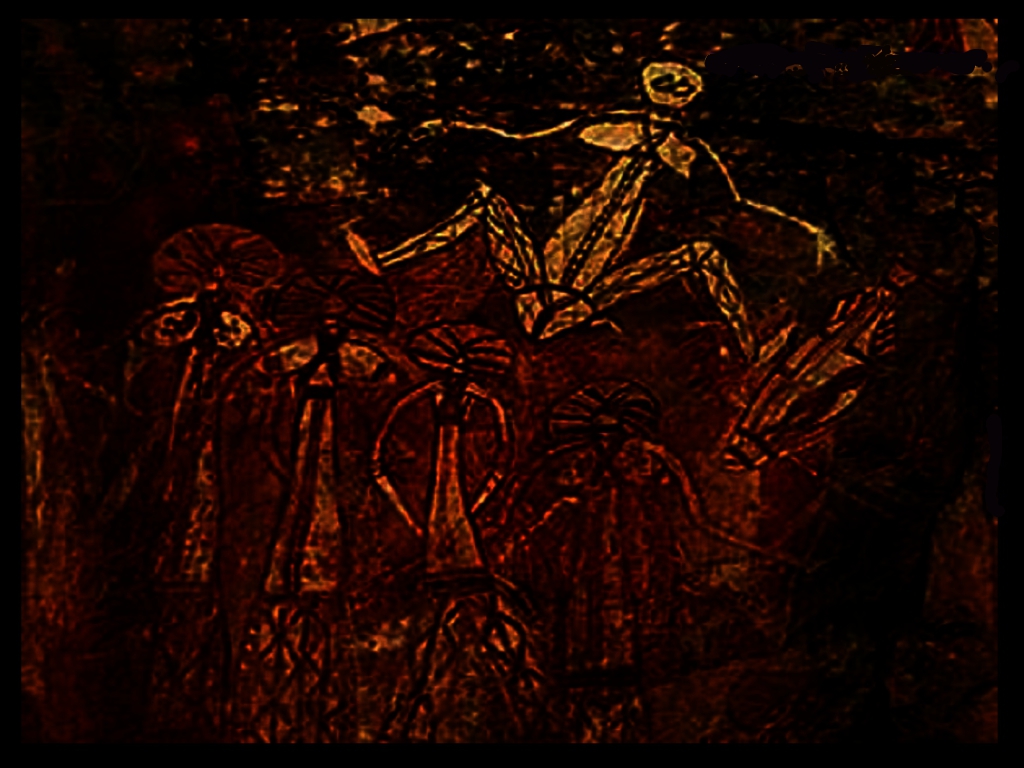
Ring Composition
Ring composition as a grammatrical form relates to neurological processes in its use of parallelisms and chiastic structures. This genre is rooted in listening and in oral histories preceding writing and written histories. Human storytelling and mythopoetic activities have a long history preceding literacy. As a form, ring composition places a direct statement of meaning in the middle of the text and frames that meaning with parallel narratives. Modern readers, reading in a linear fashion from start to finish, may be unfamiliar with the approach of She Moves in Circles.
As the snapshot glimpses of therapeutic conversations in She Moves in Circles precede, this form of storytelling moves us to the core of a narrative, recalling the ancient approach of ring composition and challenging the reader to forego an exclusively linear process in favor of circling the troubling inquiries focussed on relationship. In this format, the fullest statement of meaning is found midway in the text. The first half and the last half meet in the center. Therapeutic practice and psychological theory are bookends for an encounter among the therapists in She Moves in Circles.
Shortly before she died, social anthropolgist Mary Douglas delivered a Terry Lecture discussing her discoveries of the use of ring compositions in worldwide writings. For a full exposition of ring composition read Mary Douglas, Thinking in Circles: An Essay on Ring Composition. In the meantime, Beethoven's 7th Symphony and the Hubble Telescope introduce another sort of ring composition.